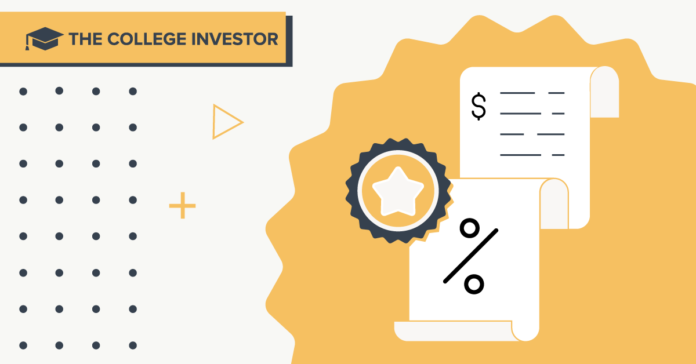Source: The College Investor
Interest on most student loans accrues daily, but it added to the loan balance monthly, based on the simple interest formula. What simple interest means is that the interest is calculated only on the outstanding principal balance, not the added interest (if any).
The amount of student loan interest that accrues monthly can also vary based on the student loan repayment plan you’re on. For example, the SAVE plan waives any unpaid interest each month as a subsidy.
Here’s the mechanics of how much interest accrues monthly on a student loan.
Student Loan Interest Formula
The student loan simple interest formula is straightforward:
Interest = Principal x Interest Rate x Time
Principal: The current outstanding balance of your loan.
Interest Rate: The annual interest rate expressed as a decimal.
Time: The fraction of the year the interest is accruing (for monthly, it’s 1/12).
For example, if you have a student loan with a principal of $30,000 and an annual interest rate of 6%, your monthly interest would be calculated as:
Interest = $30,000 x 0.06 x 1/12 = $150
This means that each month, $150 is accrued as interest.
Unique Aspects Of Student Loan Interest
Federal student loans specifically are unlike any other debt of debt. They have a lot of special rules that can impact student loan interest.
Interest Subsidy: Some student loans and repayment plans have an interest subsidy, where the government pays your interest. Subsidized student loans have an interest subsidy while in school or on deferment. Loans under the SAVE repayment plan have a subsidy for any payment beyond the income-driven payment amount.
Capitalization: Capitalized interest is interest that you owe, but didn’t pay while you were in school, while your loans were in deferment or forbearance, or while you were on an Income-Driven Repayment (IDR) plan. There can be capitalization events where this interest is added to your loan. Learn more about student loan interest capitalization here.
Ways To Reduce Monthly Interest Accrual
Reducing the amount of interest that accrues each month can significantly lower the total cost of your loan over time. Here are some effective strategies:
Enroll In Auto-Debit: Most lenders (including the Department of Education) allow you to save 0.25% on your interest rate when you enroll in auto-debit for your monthly student loan payments.
Make Bi-Weekly Payments: Instead of making one monthly payment, split up your payment and pay half of it every two weeks. This will result in 26 half-payments, or 13 full payments annually. This strategy helps you pay down your loans faster, in turn decreasing your accrued interest over time. Learn how to setup weekly student loan payments here.
Consider Refinancing: If you already have private student loans, you can look at refinancing your loans to potentially secure a lower interest rate. A lower interest rate means less interest accrues each month.
Related Articles
8 Ways That Student Loans Can Get You Fired
How To Eliminate Student Loan Debt
How To Pay Off Student Loans Faster
Create your very own Auto Publish News/Blog Site and Earn Passive Income in Just 4 Easy Steps







